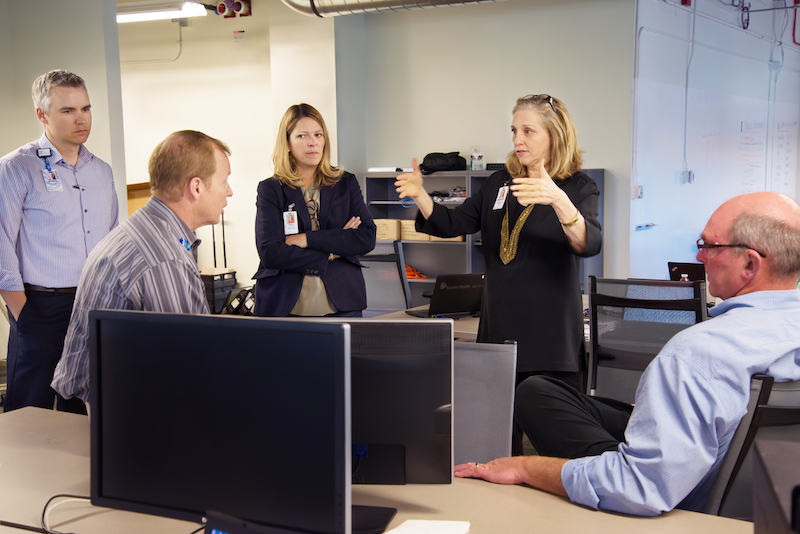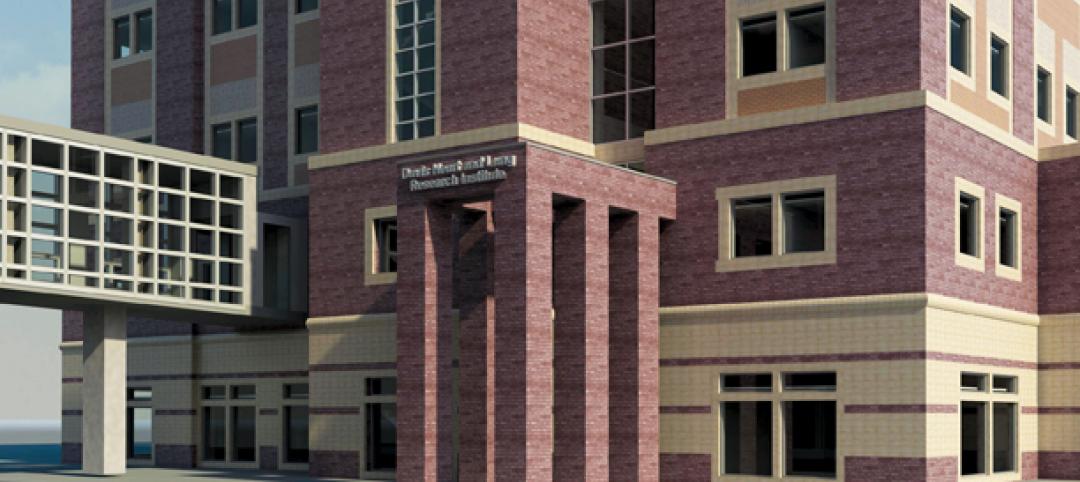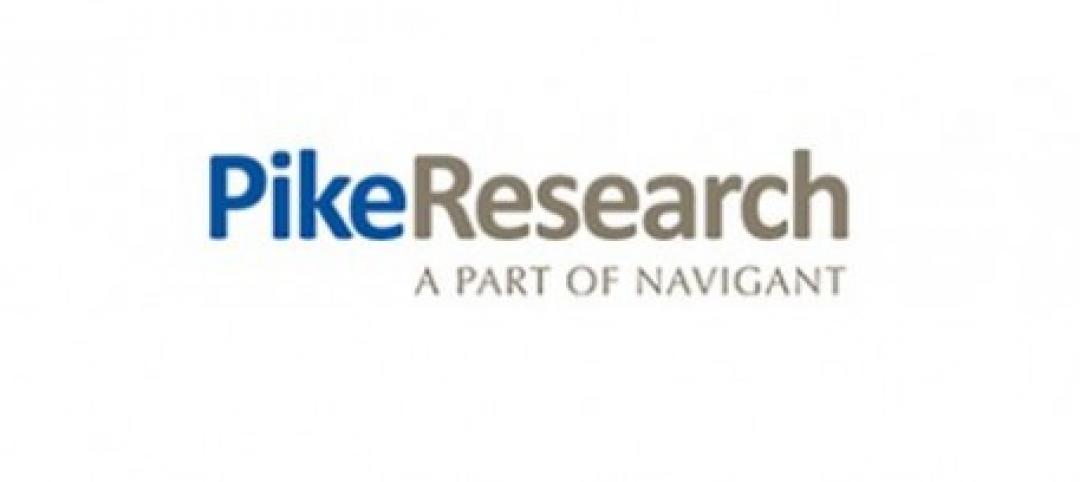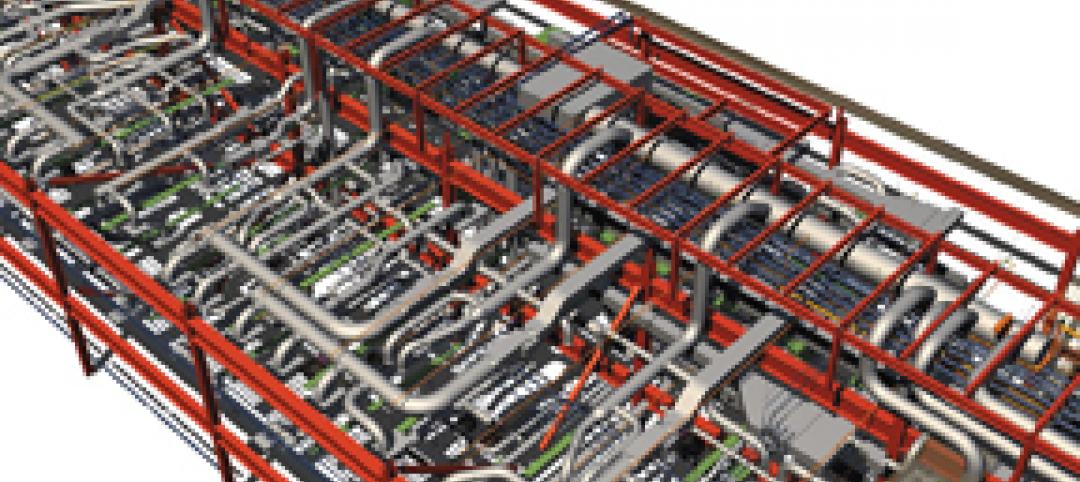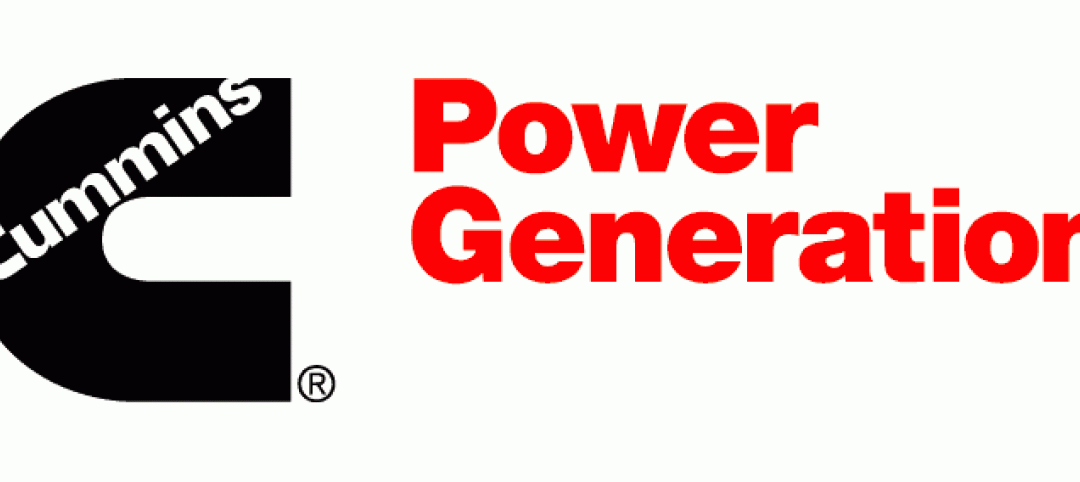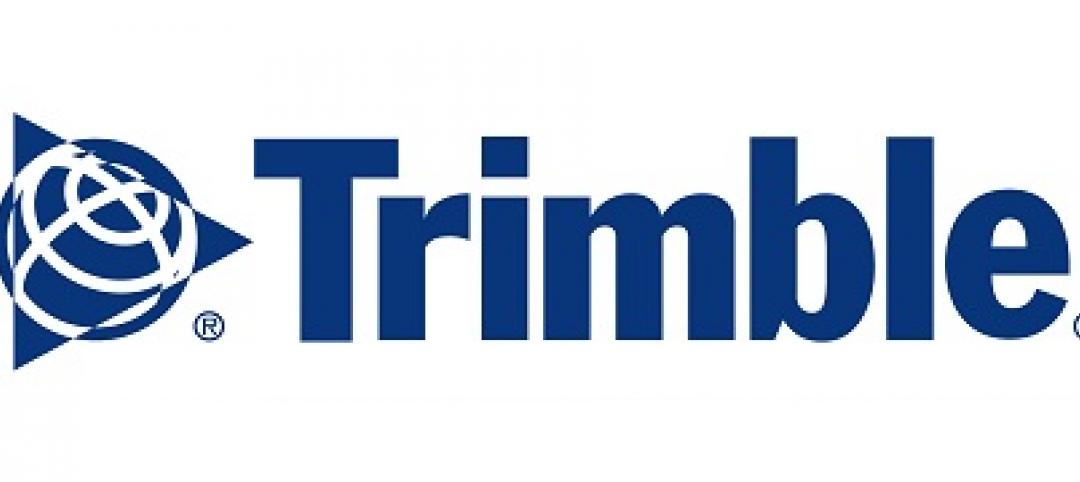The big room. The hub. Central operations. Whatever they’re called, project team co-location ventures are popping up in increasing numbers as Building Teams face ever-complex projects with tighter schedules and budgets.
The rise of BIM-driven projects, prefabrication, and highly collaborative project delivery methods—such as design-assist and integrated project delivery—have accelerated the demand for in-person, cross-team collaboration.
Successful co-location ventures are not as simple as locking the team in a room for 12-18 months. They require a careful balance of risk sharing, trust, accountability, and scope sharing, as well as a commitment to collaboration.
BD+C reached out to several co-location experts for tips and tricks on maximizing these setups. They offered the following advice:
Hold a “PEP” rally. Experts agree that a kickoff event—with all key stakeholders in the room—is absolutely critical both for building a spirit of camaraderie and for aligning the expectations and objectives for the project.
“We’re finding in co-location environments, the best practitioners in the business are spending a lot of time thinking about high-performance teaming and the sociology behind working together,” says John Tocci, Sr., CEO of Tocci Building Cos., whose firm regularly organizes co-location ventures.
On larger projects, Tocci kicks off co-locations with a day-and-a-half PEP (project execution planning) session facilitated by a process expert and former DuPont chemical engineer. Senior management meets for a half day to sync expectations and objectives for the project. On the second day, the entire team (upwards of 60 people) meets to confirm and prioritize the project objectives, unearth potential pitfalls, and formulate a roadmap for meeting the project goals.
“The whole team, within a few days, tears the project apart,” says Tocci. “People start bearing their professional souls about what it is they’re concerned about when coming on board.”
Make sure all doers are present. On a recent co-location venture for a healthcare client, architect Shepley Bulfinch quickly learned that while all levels of its team were prepared, other firms were not. The biggest issue: firms only sent their team leaders to the co-location collaboration sessions; the professionals doing the actual work stayed back at the home office.
“This was difficult for our staff when they realized that the other parties weren’t sending those doing the work and, therefore, work was not getting done,” says Cathleen Lange, AIA, LEED AP, Principal with Shepley Bulfinch.
Create spaces that are conducive to collaboration. Large, open, flexible spaces are a must so that teams can quickly reconfigure when needed. Tocci recommends plenty of whiteboards, tack-up boards, and blank wall space for pull planning and other Lean process exercises. Also important are creature comforts like clean bathrooms and phone booths so people can duck out to take a personal call.
Offer a mix of meeting room sizes and breakout spaces. “People need spaces so that when a problem arises, a team can go off into an area and start whiteboarding to see what to do with it,” says Tocci.
Be very specific when laying the groundwork for the co-location. You’ll need to have solid answers for the following questions:
• Who’s paying for the space, equipment, technology? The owner? Contractor? Shared cost structure?
• Who’s required to attend? How are they being compensated for their time away from the home office?
• What are the requirements for digital information transfer, responsibilities, and governances?
Strip all branding. “The most successful co-location ventures we’ve had have been completely unbranded, where you don’t see campfires or tribes within the facility,” says Tocci. “That defeats the whole purpose. The goal is total integration, silo-less stationing.”
“Subs” don’t exist in co-location ventures. A healthy co-location culture is one that breaks down the traditional silos. That means ditching the term “subcontractor” in favor of “trade partner,” says Tocci. “It’s not just a warm and fuzzy name,” he says. “They are true partners in the process.”
Master the trust triangle. Building trust across all levels and disciplines is the secret sauce to successful co-location projects. Tocci recommends reading The Five Dysfunctions of a Team: A Leadership Fable (http://amzn.to/2buPW16) to help break down silos and strengthen trust and accountability among project team members.
“Establishing trust among all parties in the co-location room is essential,” adds Lange. “All it takes is one skeptical person to bring the whole room down.”
Incorporate visual cues to maintain accountability. Whether using large-screen monitors or simple signage, presenting real-time performance metrics—burn rates on cash, performance on budget, KPIs, etc.—will help maintain accountability across the team. Even simple traffic lights for tracking major indices like budget and schedule are helpful. “Someone can walk in, look around the room, and within a few minutes they’ll have a sense of the health and vitality of the project,” says Tocci.
Related Stories
| Jan 25, 2013
Applied Software Earns Autodesk MEP Systems Engineering Specialization Designation
Designation underscores firm’s success in supporting and educating customers in MEP design and BIM.
| Jan 9, 2013
Panasonic and Bluebeam preview new architect app at CES 2013
Panasonic and Bluebeam Software collaborate to develop and introduce the 4K tablet and software to the design and construction industry.
| Jan 3, 2013
Top BIM/VDC articles of 2011-2012
A compendium of BD+Cs top building information modeling and virtual design + construction articles from 2011-12.
| Jan 2, 2013
Global data center market to ‘slow’ to 14.3% this year
Total global investment in data centers is expected to slow down somewhat this year but still increase at a respectable 14.3%, according to DCD Intelligence.
| Jan 2, 2013
BIM market value to hit $6.5 billion by 2020
Sales of BIM software and services are expected to grow at a compound annual rate of 17.3%, to a market value of $6.5 billion in 2020.
| Nov 28, 2012
Cummins announces ratings classification for data center power systems
The Data Center Continuous ratings span the range of Cummins Power Generation’s high horsepower diesel generator sets, from 1 MW up to 2.5 MW, and will apply to both 50 Hz and 60 Hz configurations.
| Nov 5, 2012
Trimble acquires Vico assets, extends design-build-operate capabilities
Software to add 5D management to Trimble’s Solutions for vertical construction contractors.
| Oct 4, 2012
2012 Reconstruction Awards Gold Winner: Wake Forest Biotech Place, Winston-Salem, N.C.
Reconstruction centered on Building 91.1, a historic (1937) five-story former machine shop, with its distinctive façade of glass blocks, many of which were damaged. The Building Team repointed, relocated, or replaced 65,869 glass blocks.


